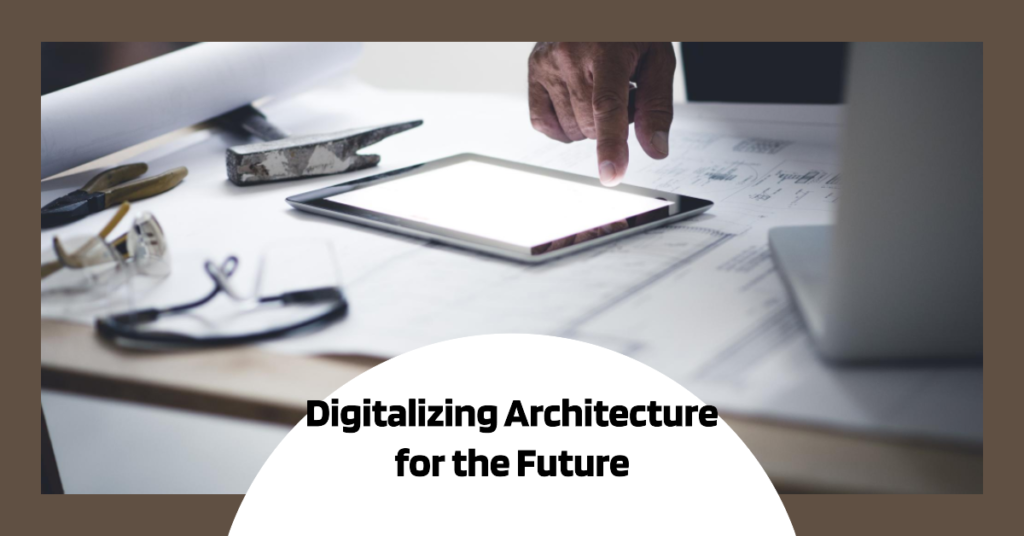
Table of Contents
1. Introduction: Redefining Career Paths in Visualization Design
In the realm of 3D modeling and visualization, the role of a Visualization Designer offers a unique avenue for creative expression and technical mastery. While traditional architecture may not be your primary interest, the world of creating immersive and captivating 3D models opens doors to a dynamic and fulfilling career path. This blog delves into the exciting journey of becoming a Visualization Designer, exploring skills, opportunities, challenges, and pathways for individuals passionate about digital artistry and design.
2. Understanding Visualization Design: Melding Artistry and Technology
Visualization Design revolves around creating realistic or conceptual 3D models, animations, and renderings to visually communicate ideas, concepts, or products. Unlike traditional architects focused on physical structures, Visualization Designers work extensively in digital environments, utilizing software tools like Blender, Maya, 3ds Max, or Cinema 4D to bring virtual worlds to life. This role requires a blend of artistic creativity, technical proficiency, attention to detail, and a keen understanding of design principles and visual storytelling.
3. Exploring Diverse Industry Applications: Beyond Architecture
While architectural visualization remains a prominent domain for Visualization Designers, the applications span across various industries, including interior design, product design, gaming, film, advertising, virtual reality (VR), augmented reality (AR), and more. This versatility allows individuals with diverse interests and backgrounds to find their niche within the visualization realm, whether it’s creating stunning interior renders, designing digital prototypes, crafting immersive gaming environments, or contributing to cutting-edge VR experiences.
4. Developing Essential Skills: Artistry Meets Technology
Becoming a successful Visualization Designer requires honing a range of skills encompassing both artistic and technical domains. Artistic skills include a strong eye for aesthetics, understanding of color theory, composition, lighting techniques, and the ability to create visually compelling scenes. On the technical front, proficiency in 3D modeling, texturing, rendering, animation, and post-production editing is crucial. Additionally, familiarity with industry-standard software and staying updated with emerging technologies and trends are vital for staying competitive in the field.
5. Educational Pathways: Building a Strong Foundation
While formal education in architecture or design can provide a solid foundation, it’s not always a prerequisite for entering the field of Visualization Design. Many aspiring professionals pursue specialized courses, certifications, or self-paced learning through online platforms, tutorials, and workshops to acquire necessary skills. Programs in graphic design, digital arts, computer graphics, or specialized courses in 3D modeling and animation offer valuable insights into industry workflows, tools, and best practices.
6. Building a Portfolio: Showcasing Your Talent
In the realm of Visualization Design, a strong portfolio speaks volumes about your skills, creativity, and attention to detail. Building a diverse portfolio showcasing your projects, including architectural renders, product visualizations, animations, or concept art, is essential for attracting potential clients or employers. Highlighting your ability to work with different styles, environments, and project scopes demonstrates versatility and competence in tackling varied design challenges.
7. Navigating Career Paths: Freelancing vs. Industry Employment
One of the appealing aspects of Visualization Design is the flexibility it offers in terms of career paths. Many professionals choose to work as freelancers or independent contractors, collaborating with clients on projects ranging from architectural visualizations to advertising campaigns and virtual experiences. On the other hand, opportunities also abound in studios, design agencies, architectural firms, gaming companies, film studios, and tech companies, where Visualization Designers contribute to diverse projects within a team environment.
8. Embracing Technological Advancements: AI, VR, and Beyond
The landscape of Visualization Design continually evolves with technological advancements. Artificial intelligence (AI) tools aid in automating repetitive tasks, enhancing productivity, and streamlining workflows. Virtual reality (VR) and augmented reality (AR) technologies open new frontiers for immersive experiences, interactive walkthroughs, and real-time visualizations, shaping the future of design communication and user engagement. As a Visualization Designer, staying abreast of these advancements and exploring their creative potentials enriches your skill set and professional offerings.
9. Cultivating Collaboration and Communication Skills: Bridging Vision and Execution
Successful Visualization Designers excel not only in technical prowess but also in effective communication and collaboration. Working closely with clients, architects, designers, stakeholders, and interdisciplinary teams requires clear articulation of ideas, active listening, understanding project requirements, incorporating feedback, and delivering results that align with client visions and project goals. Cultivating strong interpersonal skills, project management abilities, and adaptability enhances your value as a Visualization Designer in diverse work environments.
10. Conclusion: Embracing the Journey of Visual Creativity


In conclusion, venturing into the realm of Visualization Design offers a rewarding pathway for individuals passionate about digital artistry, design innovation, and visual storytelling. Whether you’re drawn to architectural visualization, product design, gaming environments, or immersive experiences, the role of a Visualization Designer allows you to blend creativity with technology, shaping captivating digital worlds and pushing the boundaries of visual imagination. By acquiring essential skills, building a compelling portfolio, exploring diverse career avenues, embracing technological advancements, and fostering effective collaboration, you can embark on a fulfilling career journey as a Visualization Designer, contributing your unique vision and creativity to the ever-evolving digital landscape.


